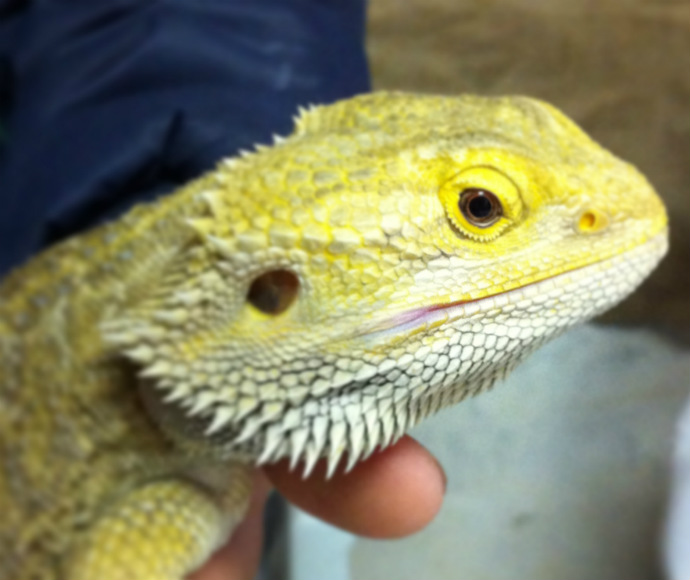Unless you are a registered veterinarian, you require a Biodiversity Conservation Licence granted under the BC Act to possess a sick, injured or orphaned protected animal for rehabilitation purposes.
In New South Wales, services are delivered mainly by wildlife rehabilitation groups, with volunteer members providing care from their homes or centre-based facilities. These groups and facilities provide the training, mentoring and supervision needed to support volunteers in applying our standards.
Animal display establishments such as Taronga and Western Plains Zoo also provide crucial support through their wildlife hospital, pathology and animal rehabilitation facilities.
Some licensed wildlife rehabilitation providers specialise in certain species, such as koalas, flying foxes or marine wildlife, whereas others cover a wide range of species.
All participants in wildlife rehabilitation must meet the quality assurance standards listed in our Rehabilitation of Protected Animals Policy. This will guarantee a consistent level of excellence in volunteer management and animal welfare outcomes across New South Wales.
Persons considering applying for a licence should first read our Rehabilitation of Protected Animals Policy which will outline who can conduct wildlife rehabilitation in New South Wales, the type of activities you can undertake and what is needed to meet our requirements. Our objective is to have a small number of well-managed, well-trained and collaborative network of wildlife rehabilitation providers that provide high standards of care to the protected animals they are permitted to rehabilitate.
Comply with licence conditions
All wildlife rehabilitation licences are granted with conditions. Under the BC Act, it is an offence to contravene a condition of a licence.
View sample wildlife rehabilitation licence conditions (PDF 37KB)
Governance resources for the wildlife rehabilitation sector
Managing conflict in the wildlife rehabilitation sector
Conflict is a normal part of life and of working with others and will likely affect everyone at some time. For example, conflict may arise because of a difference in interpretation of guidelines, standards, rules or facts or a disagreement about personal performance or views. Sometimes, it may also involve inappropriate behaviours like bullying, harassment or discrimination.
Dealing with conflict can be uncomfortable and stressful. If allowed to escalate, it can be very destructive to people and organisations involved. For a wildlife rehabilitation group, conflict can affect its reputation in the community and result in volunteer burnout, loss of members and negatively impact the operation of the organisation itself.
The department has no authority under the Biodiversity Conservation Act to resolve conflicts in wildlife rehabilitation groups. Neither does it arbitrate such matters. Instead, we have focussed on developing resources and tools to enable groups to deal with conflict if it arises. We want to ensure everyone in the wildlife rehabilitation sector can access the right tools to manage conflict within their organisations. So, in collaboration with Justice Connect, we have developed a conflict management toolkit and conflict of interest policy for the wildlife rehabilitation sector in New South Wales. The toolkit includes a package of resources to help wildlife rehabilitation organisations avoid and manage internal conflict including:
- strategies for preventing, identifying and managing conflict
- governance considerations for committees dealing with conflict
- bullying sexual harassment and discrimination policy
- codes of conduct for committees and volunteers and a
- complaint form.
The conflict management toolkit should become an essential part of each wildlife rehabilitation organisations governance policy and procedures.
If groups cannot resolve conflict using these tools, they may need to seek the assistance of independent mediation, for example, from a Community Justice Centre or contact the NSW Fair Trading or Australian Charities and not-for-profit Commission if appropriate. Unresolved matters may require independent legal advice.
Developing these resources is an action in our Volunteer Wildlife Rehabilitation Sector Strategy and a recommendation of the Independent Biodiversity Legislation Review Panel.
Training in leadership, train the trainer and conflict resolution skills
To help support licensed volunteer wildlife rehabilitation organisations, National Parks and Wildlife Service has worked closely with WIRES to create free online training courses in leadership, training and conflict resolution.
The courses have been created to assist organisations and individual volunteers wanting more support. They will assist new committee members and other volunteers who take on leadership and training roles in their respective organisations. A link to the courses can be found in the Governance resource portal.
Health and safety
The Foundation for National Parks and Wildlife Wildlife Heroes program have created a booklet and pocket guide to highlight some key health and safety hazards of wildlife rehabilitation and common ways to minimise them. The Let's Make it Zero for our Wildlife Heroes booklet is designed to fit on a folded A4 landscape style, and the pocket guide is a small A6 size for your pocket. A link to the resources can be found in the Governance resource portal.
Recruiting new volunteers
Finding new volunteers across all ages and demographics can be challenging for wildlife rehabilitation organisations. The Foundation for National Parks and Wildlife Wildlife Heroes program has created a poster describing all the activities potential new volunteers can do with their local group. The Do You Want to Help Wildlife poster can be downloaded and used at community events. A link to the resources can be found in the Governance resource portal.




